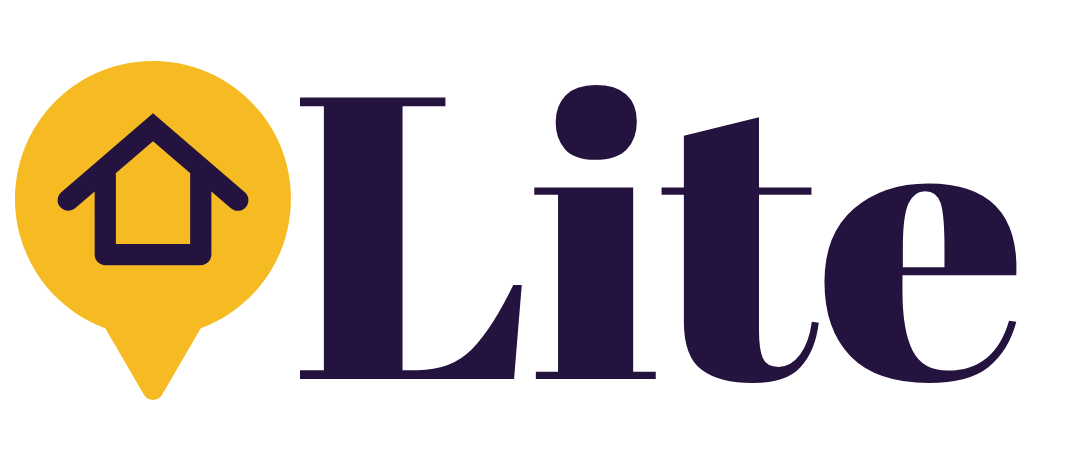Mortgage affordability is a lender’s assessment which will check if a borrower can comfortably repay the mortgage repayments. This involves analysing the borrower’s income, expenses, and financial commitments. The goal is to ensure the borrower can meet the mortgage payments without undue financial strain throughout the lifetime of the mortgage. There are several factors contribute to determining mortgage affordability which we will cover in this months blog:
1. Income
Lenders assess the borrower’s income and will determine their ability to make mortgage repayments. Regular income from employment, self-employment, pensions, or other sources is considered. Additionally, lenders may consider bonuses, commissions, rental income and other irregular income which will be taken into account if they can be verified and are likely to continue.
2. Monthly Expenses
Lenders examine borrowers’ monthly expenses which include basic essential expenditure such as utility bills, council tax, food, fuel. Basic quality of life expenditure such as clothing, subscriptions and furniture and other non-essential regular financial commitments such as entertainment and holidays. Lenders also consider the borrower’s existing debt liabilities such as credit card payments, mortgages, personal loans, and other credit commitments.
3. Debt-to-Income Ratio
Lenders calculate the debt-to-income ratio which calculates the percentage of a borrower’s gross monthly income that goes towards debt payments. A lower debt-to-income ratio indicates a higher ability to handle additional debt.
4. Interest Rates and Loan Terms
Affordability also depends on the interest rate offered by the lender and the mortgage term. Higher interest rates or shorter terms can lead to higher monthly repayments, consequently, this affects affordability.
5. Affordability Stress Tests
Mortgage lenders conduct affordability stress tests which assess whether borrowers can still afford their mortgage if interest rates rise. These tests ensure that borrowers can manage their mortgage repayments even during periods of financial stress.
6. Loan-to-Value Ratio (LTV)
The loan-to-value ratio compares the size of the mortgage requested to the property’s value. Lenders may have specific maximum LTV limits and a lower LTV often results in more favourable interest rates and better affordability.
7. Credit History
A borrower’s credit history plays a significant role in mortgage affordability. A good credit score indicates responsible financial behaviour and this can positively impact the borrower’s ability to secure a mortgage and favourable interest rates.
8. Affordability Caps
The Financial Conduct Authority (FCA) sets affordability caps. These caps protect borrowers from taking on unaffordable mortgages. They limit the percentage of high loan-to-income (LTI) mortgages lenders can offer, as a result, they help prevent excessive borrowing.
Loan-to-Income (LTI) Ratio
The loan-to-income (LTI) ratio is an essential aspect of mortgage affordability. It is closely related to the borrower’s income and the amount of the mortgage they are applying for. The LTI ratio compares the size of the mortgage to the borrower’s gross annual income. It provides an indication of how much debt a borrower is taking on relative to their income.
Calculation of Loan-to-Income (LTI) Ratio
To calculate the LTI ratio, divide the total mortgage amount by the borrower’s gross annual income. For instance, consider a borrower with a gross annual income of £40,000 and they apply for a mortgage of £160,000, the LTI ratio would be 160,000 / 40,000 = 4.0, or 400%.
Importance of Loan-to-Income (LTI) Ratio
The LTI ratio is a key factor in mortgage affordability. It plays a crucial role in the lender’s decision-making process. A higher LTI ratio indicates a larger amount of debt relative to income which can raise concerns about the borrower’s ability to manage mortgage repayments.
Affordability Caps on Loan-to-Income (LTI) Ratios
To protect borrowers from excessive borrowing, the Financial Conduct Authority (FCA) in the UK sets affordability caps. These caps apply to LTI ratios for mortgage lending. As of the update in September 2021, the FCA’s rules limit most mortgages to a maximum LTI ratio of 4.5. This means lenders typically cannot offer mortgages where the loan amount is more than 4.5 times the borrower’s gross annual income.
Exceptions and High-Income Borrowers
While the 4.5 LTI ratio cap applies to most mortgages, exceptions may exist for higher-income borrowers. Lenders might consider higher LTI ratios for borrowers with substantial incomes and secure financial positions. However, these cases are typically assessed individually and they are subject to the lender’s discretion and risk assessment.
Conclusion
Affordability is a crucial aspect of the mortgage application process in which lenders carefully assess borrowers’ financial situations. They ensure borrowers can comfortably manage their mortgage repayments. As a borrower, it’s essential to be financially prepared, have a stable income, and maintain a good credit history. These factors increase your chances of qualifying for a mortgage with favourable terms. Working with a qualified mortgage advisor can provide valuable guidance throughout the process – give us a call today.
Credit – Image by vectorjuice on Freepik






Leave a Reply